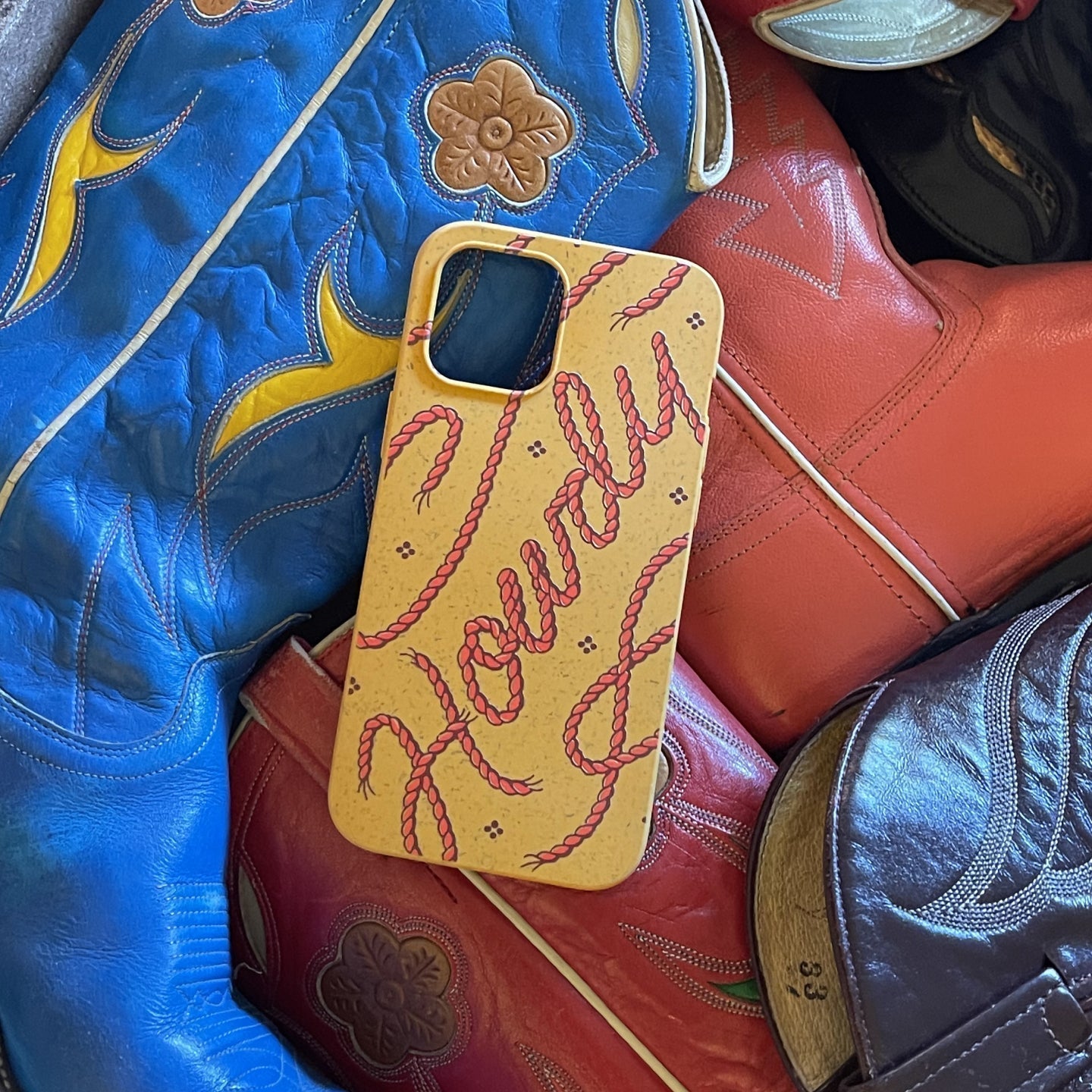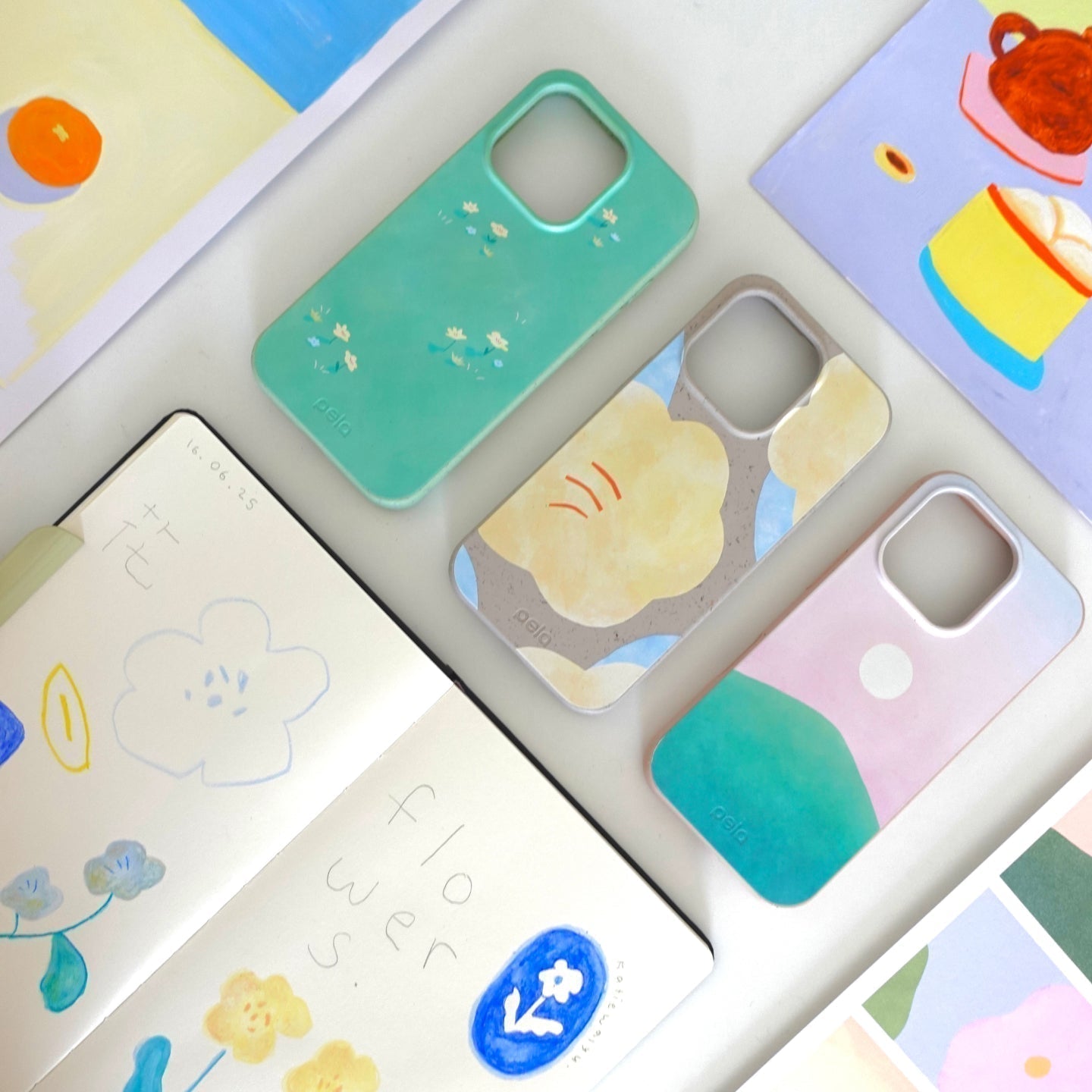
Source: New Africa/Shutterstock.com
Our phones go with us on all kinds of adventures and see all types of everyday wear and tear. From face plants on the asphalt to being dropped in the waves on vacation, eventually, a phone will show its age, likely with a few scratches on the touch screen surface. What was once a slick, glossy surface is now a webbed pane of micro-scratches and more. Deep scratches and gouges disrupt that satisfying swipe and just look unsightly in general. And whether you can feel them or not, they need to be fixed pronto!
Wondering how to remove scratches from your phone’s touch screen? From glass polish to toothpaste (yes, toothpaste!) and beyond, here are a few tips and tricks to reducing scuffs and scratches and keeping your phone’s touch screen as glossy as the day you bought it.
Protect Your Phone with a Case from Pela Case
The Glass Polish Method
Glass polish kits, also made for car windows and watch cases, offer a mild abrasive called cerium oxide that can gently polish a smartphone, too. Overall, polishing the phone’s glass is an effective method of repairing a scratched screen, especially if you just want to touch up some small scratches. In addition, many glass polish kits for phones are equipped with buffing pads and detailing tools to reach tight corners and such.
However, using a glass polish on your phone does come with a few caveats. Despite the smooth appearance it brings back to a phone’s touch screen, it ultimately removes the surface-level thickness of the entire pane of glass. Minor scratches might disappear, and deeper gouges will become less noticeable, but in the end, you are making the glass thinner.
Also, most phone screens have an oleophobic coating designed to resist oils from fingerprints, and excessive polishing can wear down or remove this coating. So avoid overpolishing the glass or being too aggressive in your polishing methods.
The Toothpaste Method
Toothpaste is a more affordable method than a glass polish kit. Many claim that you can remove scratches from a phone touch screen using toothpaste; however, with a quick search, you will discover it to be a bit controversial with varying results. We recommend trying this method at your own risk.
In addition, most claim that this method works best on plastic screen covers. So if you have nothing to lose and want to give it a try before replacing it with a liquid screen protector, be sure to use non-gel style toothpaste and apply it with a soft cloth. Toothpaste is meant to be a mild abrasive, so you want to target specific areas and scratches instead of spreading it over the screen. Also, make sure to cover up any ports or openings you wouldn’t want the toothpaste to gunk up.
Other abrasive scratch removal methods some people use include buffing with a Magic Eraser or extremely fine-grit sandpaper. We don’t recommend these as ways to remove scratches except as a last resort before getting your screen replaced altogether. Rub just a little bit too hard, and you could make the scratches even bigger and more noticeable. Plus, you’ll definitely destroy the oleophobic coating on the scratched area if you use these methods.
Invest in a Liquid Screen Protector

Prevent screen scratches from happening in the first place with a liquid screen protector, the best sustainable screen protection you’ll find. Pela’s Canopy comes in a corked glass vial (which is reusable) and can cover and protect at least three phones.
So, do liquid screen protectors work? Yes! And, in fact, a liquid screen protector fills in the microscopic nicks, making the glass screen stronger than ever, preventing phone scratches, drops and hard impacts. Plus, Canopy is oleophobic, resisting finger smudges.
We recommend getting the most use you can out of a plastic cover before discarding it. However, when you are ready to replace it, learn how to remove a screen protector effortlessly and apply the liquid screen protector to strengthen the glass and prevent scratches from happening at all.
Skip Single-Use Plastics and Choose a Liquid Screen Protector
Replace the Screen
If one of the above options simply won’t do, it might very well be time to replace the touch screen entirely. Deep gouges cannot always be polished out or filled in. If your phone is covered with AppleCare or a warranty program, lucky you! Since cracked and scratched screens are relatively common problems, a lot of carriers and phone manufacturers give you convenient options for screen repair.
However, if your phone isn’t covered, try to salvage the phone itself and keep it from becoming e-waste for a bit longer. Instead of being tempted by a brand new phone, visit a phone repair kiosk or service provider to see what they can do.
Alternatively, choose a screen replacement kit if you have the patience and are technically inclined enough to feel comfortable removing your screen. These kits offer an affordable option that can give your phone a slick new touch screen without tossing out your old device.
Remove Screen Scratches for Good

Once you remove the scratches on your phone touch screen, protect it! When you choose many Pela Case styles and combine them with our Canopy liquid screen protector, Pela offers a Screen Protection Guarantee. Our guarantee promises that we will pay for the repairs if your mobile device screen cracks while using both a case and Canopy.
Of course, a great screen protector is just one step on the way to better protection for your cell phone screen. A sturdy phone case will also help keep your phone safe when you drop it, and a phone grip will help your device stay in your hand where it belongs! Check out Pela’s full selection of 100 percent compostable protective accessories for iPhone and Android mobile devices.
Shop Protection From Our Latest Collection, The iPhone 13 Case



